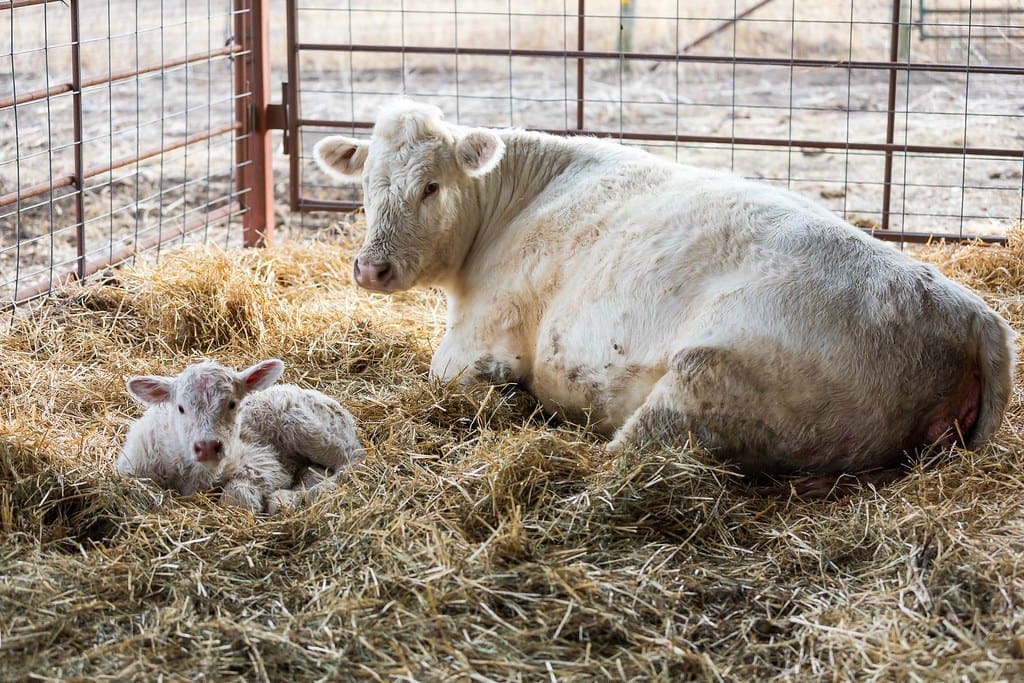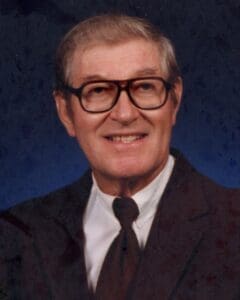Timing is key to calving success, but narrowing the calving window is challenging. Kansas State beef cattle scientist, Bob Larson, notes two issues: aligning calving with forage availability and maximizing early-born calves’ weight and value. He emphasizes reproductive efficiency, though shifting late-calving cows earlier in the season is often difficult.
“What I probably do is just focus on developing replacement heifers so that all of my replacement heifers kept very early. And then over time, either physically culling late bread cows or just letting them fallout of the breeding season because they’re more likely to be open at the end of a breeding season,” said Larson.
Larson recommends limiting the calving window to 70 days.
“A herd that’s currently long in their calving season, I’m going to give them a few years to move that tighter. I don’t have to do it all in one year. I could, but then I’m going to be selling a lot of cows. But if I just push pressure, so breed those heifers early, make sure my bulls are fertile before they turn them out and align the breeding calving season with my forages, pretty soon, I will have that tight calving window that I’m really looking for,” said Larson.
Larson and others discussed whether synchronization could help shorten the calving window. He noted it would only work if the herd was divided into multiple calving groups, which may not be worth the effort. He advises producers to consider costs and labor demands, as there is no universal solution.













